10 Most Famous Landmarks In Rome + 5 That Are Not Worth The Hype
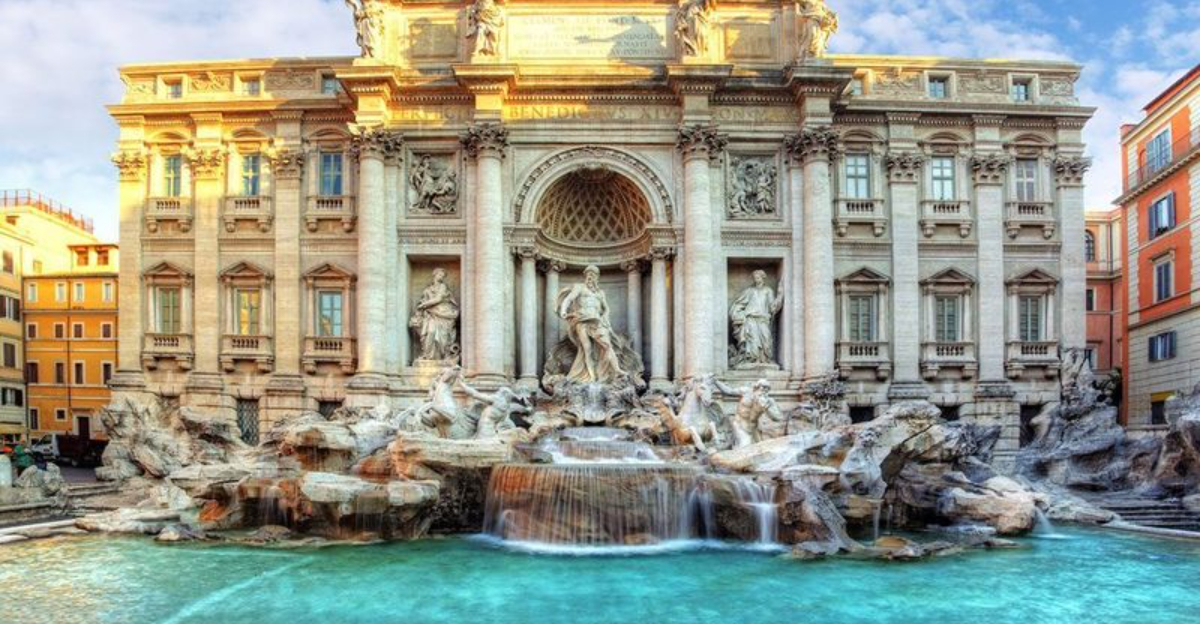
Rome is packed with history, beauty, and iconic sights—but not every landmark lives up to the hype. Some absolutely deliver, with jaw-dropping architecture and unforgettable atmosphere.
Others feel overcrowded, overpriced, or just a bit disappointing. Let’s break down which spots are truly worth your time—and which ones you can skip without regret.
1. The Colosseum
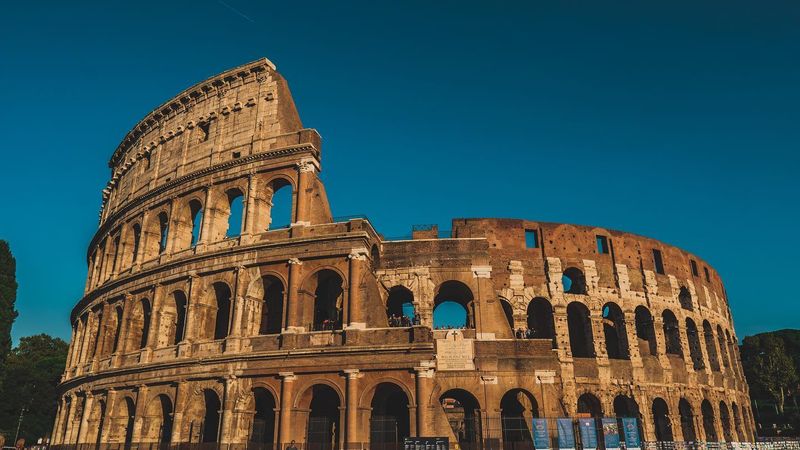
This massive amphitheater stands as an enduring symbol of imperial might and engineering brilliance. The Colosseum once hosted gladiatorial contests and public spectacles for up to 80,000 spectators.
Arrive early morning or late afternoon to avoid the worst crowds. Consider booking skip-the-line tickets or joining a guided tour that includes access to the underground chambers.
2. St. Peter’s Basilica
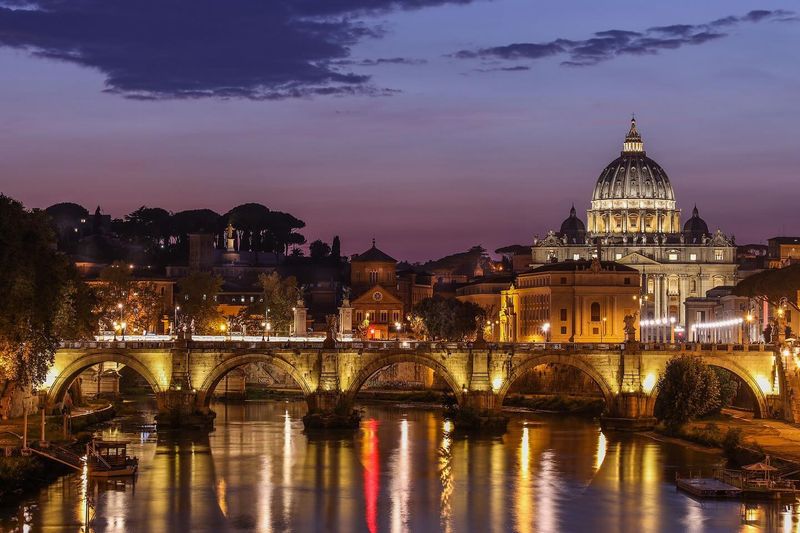
Soaring domes and breathtaking artistry await inside this masterpiece of Renaissance architecture. St. Peter’s holds treasures like Michelangelo’s Pietà and Bernini’s baldachin.
Visit early weekday mornings to avoid lengthy security lines. Don’t miss climbing to the dome for panoramic city views, but prepare for 551 steps if you skip the elevator portion.
3. The Pantheon
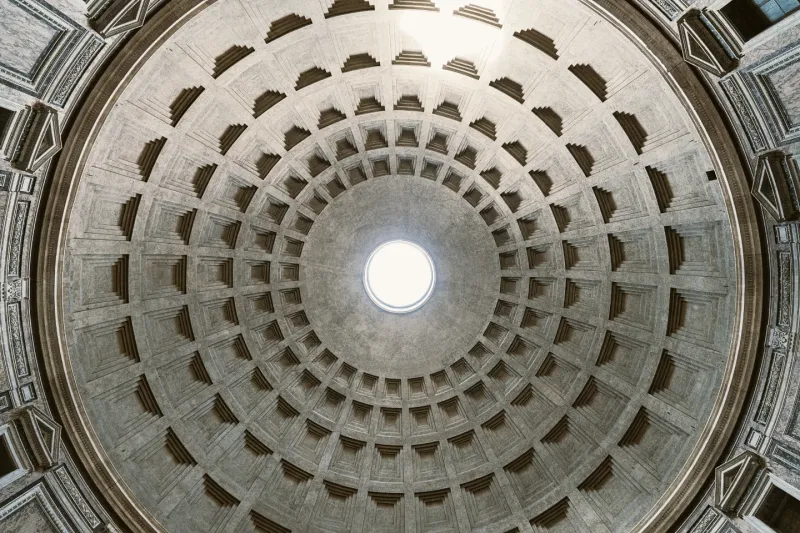
Nearly 2,000 years old and still sporting the world’s largest unreinforced concrete dome. The Pantheon remains perfectly preserved thanks to continuous use since ancient times.
Explore during rainfall to witness precipitation falling through the oculus. This former temple transformed into a church maintains free entry, though you might wait in line during peak hours.
4. Roman Forum
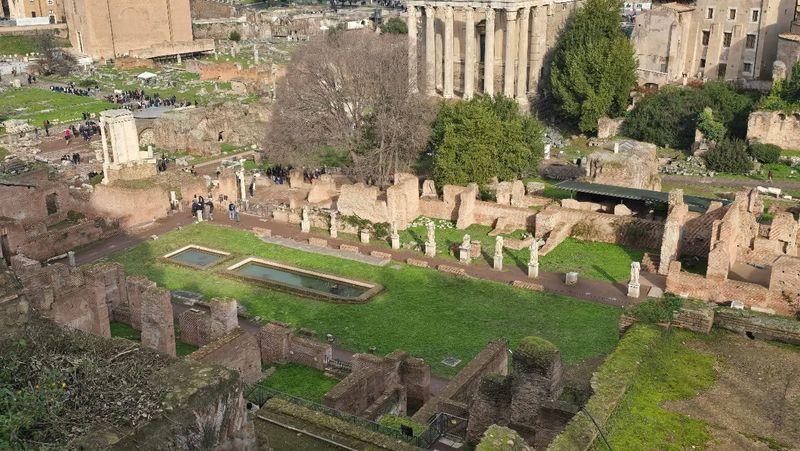
Ancient political heart where senators debated and emperors celebrated triumphs. The Roman Forum contains temples, basilicas, and arches spanning centuries of history.
Bring a guidebook or audio tour to make sense of the ruins. The elevated viewpoint near the entrance offers perspective on the layout before descending into this sprawling archaeological complex.
5. Trevi Fountain
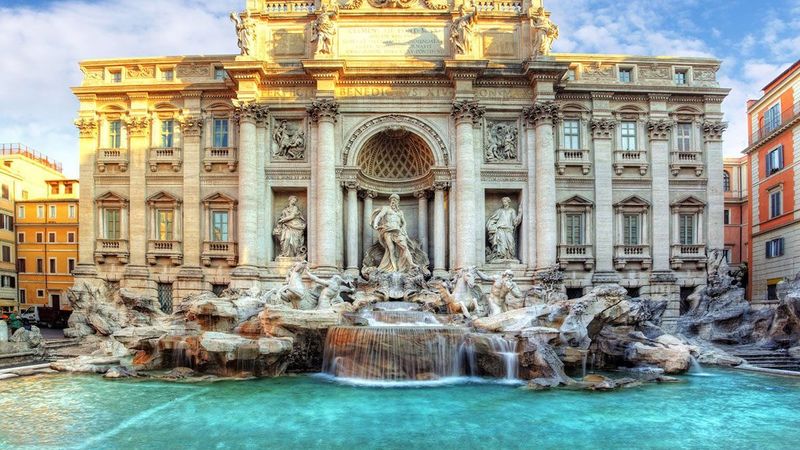
Baroque masterpiece featuring Neptune’s chariot led by sea horses amid cascading waters. The Trevi Fountain attracts visitors who toss coins to ensure their return to Rome.
Visit before 8am or after midnight for peaceful photos without the crowds. Approximately €3,000 in coins are collected daily and donated to charity, so your wish helps good causes.
6. Piazza Navona
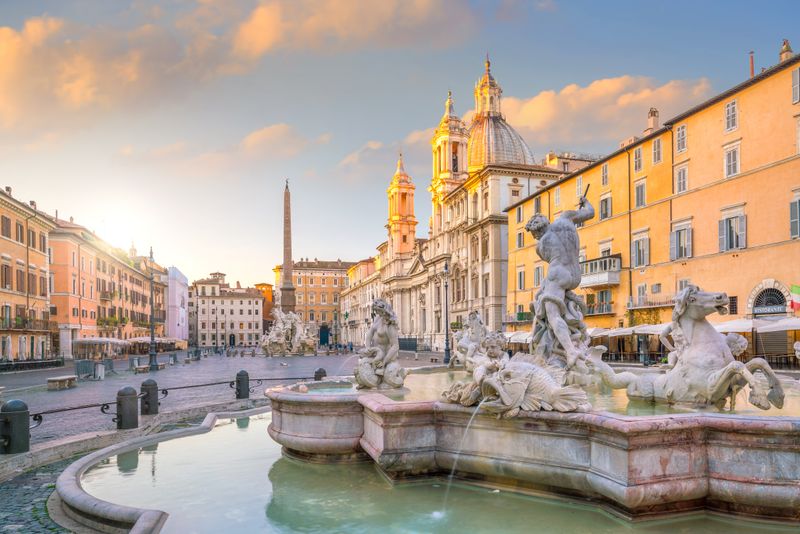
Built atop an ancient stadium, this elongated square buzzes with artistic energy and local character. Piazza Navona features three magnificent fountains, including Bernini’s Fountain of the Four Rivers. Street artists sketch portraits while musicians perform near outdoor cafés.
Though prices run high at restaurants facing the square, the atmosphere makes it worth lingering over a coffee or gelato.
7. Castel Sant’Angelo
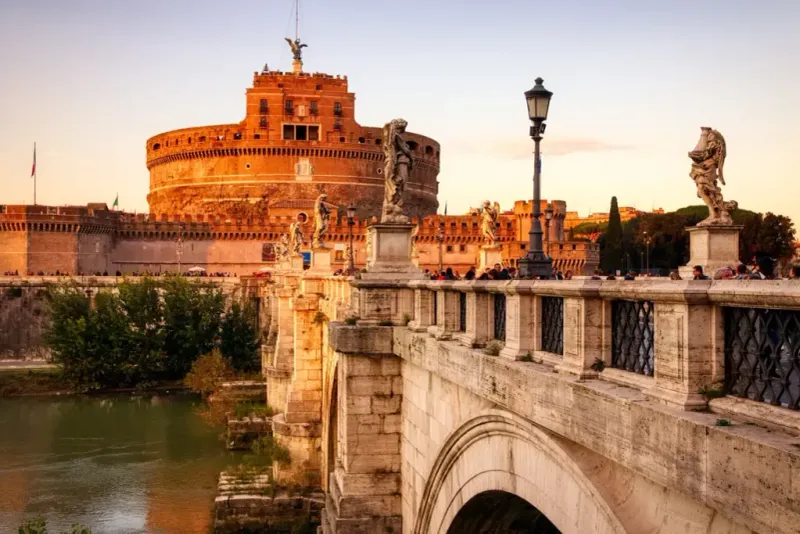
Originally built as Emperor Hadrian’s mausoleum, this fortress later protected popes during sieges. Castel Sant’Angelo connects to the Vatican via a secret elevated passageway used during emergencies. Explore military exhibits inside before heading to the panoramic terrace.
The sunset views across the Tiber River make this an excellent late-afternoon visit, especially when combined with a stroll across the angel-lined bridge.
8. Trastevere Neighborhood
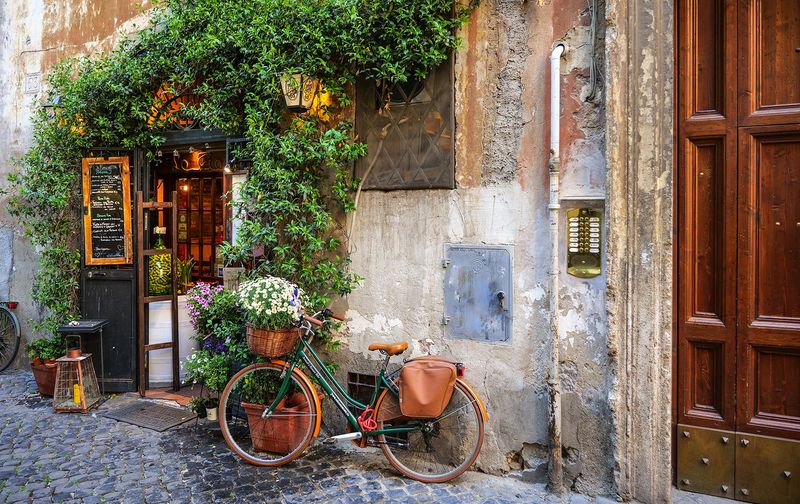
Cobblestone streets wind between ivy-covered buildings in this delightfully authentic district. Trastevere offers a glimpse of everyday Roman life away from major tourist attractions. Wander without an agenda during afternoon hours when laundry hangs from windows.
Return after dark when local restaurants fill with Romans enjoying pasta carbonara and supplì (fried rice balls) alongside carafes of house wine.
9. Vatican Museums & Sistine Chapel

Miles of corridors display one of humanity’s greatest art collections gathered by popes throughout centuries. The Vatican Museums culminate in Michelangelo’s masterpiece ceiling that will literally leave you looking up in awe.
Book timed entry tickets online to avoid hours-long lines. Consider afternoon visits when morning tour groups have departed, or splurge on early-access tours before public opening hours.
10. Villa Borghese Gardens
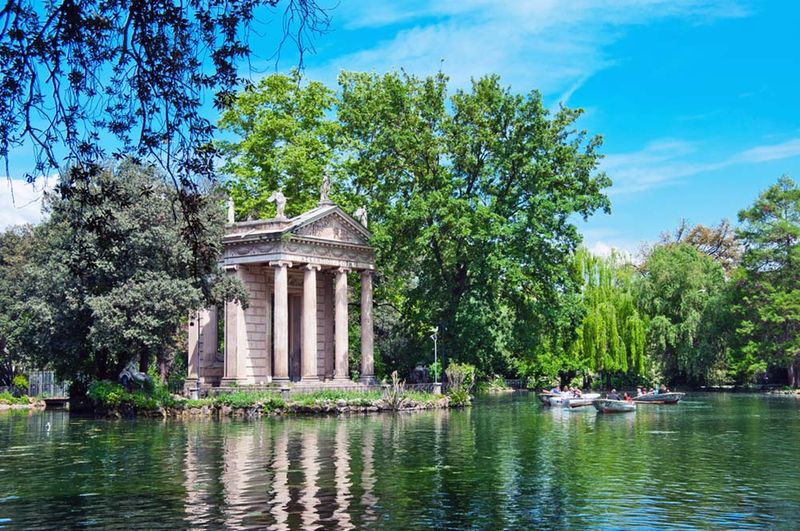
Lush green escape offering respite from urban intensity and summer heat. Villa Borghese provides peaceful paths, boating lakes, and several museums within its expansive grounds.
Rent rowboats on the small lake or bicycles to cover more ground. The Borghese Gallery requires advance reservations but rewards visitors with Bernini sculptures and Caravaggio paintings in an intimate setting.
11. Spanish Steps
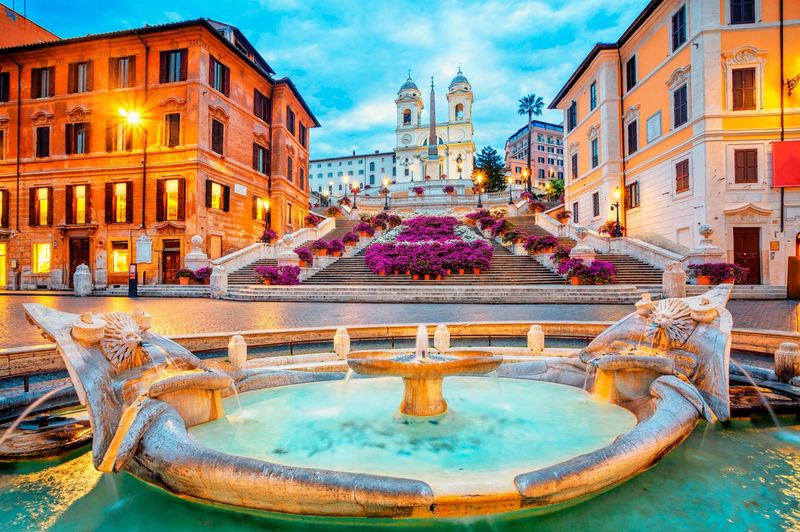
Elegant staircase connecting two levels of the city with photogenic appeal but little practical function. The Spanish Steps often disappoint visitors expecting more than just… well, steps.
Sitting on these famous stairs is now prohibited, with whistling guards enforcing the rule. Beyond quick photos, there’s little reason to linger when Rome offers so many more engaging experiences nearby.
12. Campo De’ Fiori
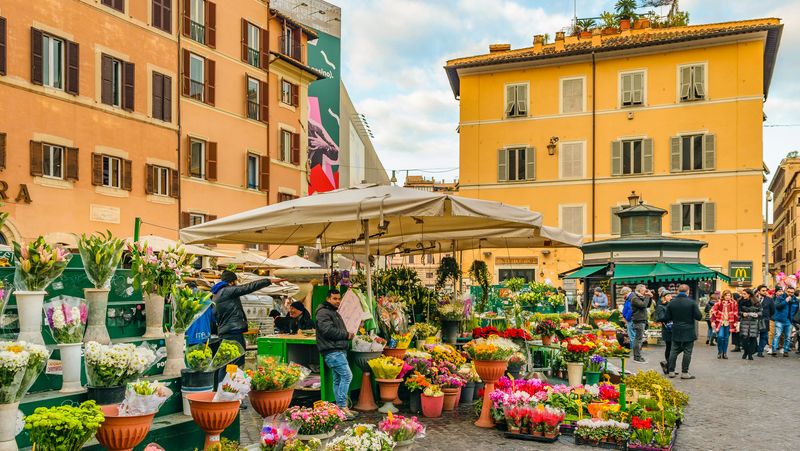
Morning market gives way to overpriced touristy bars as the day progresses. Campo de’ Fiori has transformed from authentic gathering place to a commercialized version of Italian culture.
Visit briefly during morning market hours if you’re nearby. For better food and atmosphere, try the Testaccio Market or local spots in Monti neighborhood where Romans actually eat and shop.
13. Via Del Corso
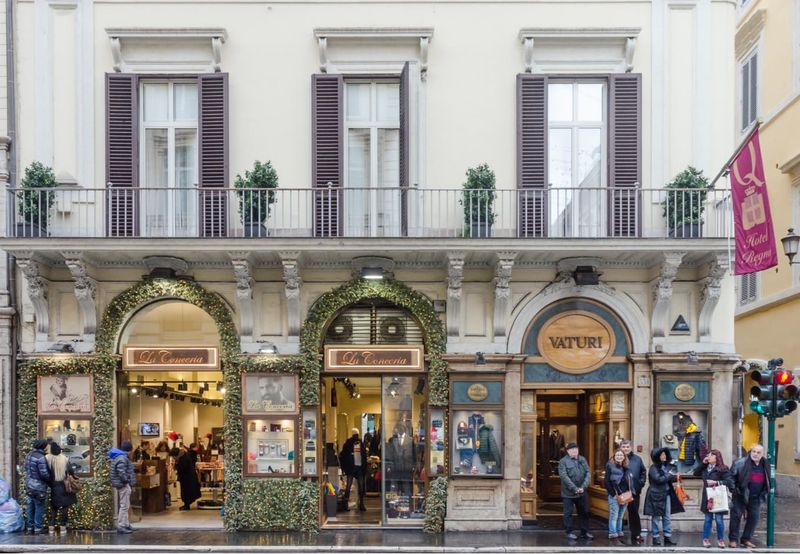
Straight thoroughfare packed with international chain stores you could find in any European city. Via del Corso offers little uniquely Roman beyond a few historic buildings easily missed in the shopping frenzy.
Skip this congested street unless you need H&M or Zara. For authentic shopping, explore Via del Governo Vecchio for boutiques or Via dei Coronari for antiques and artisanal goods.
14. Bocca Della Verità
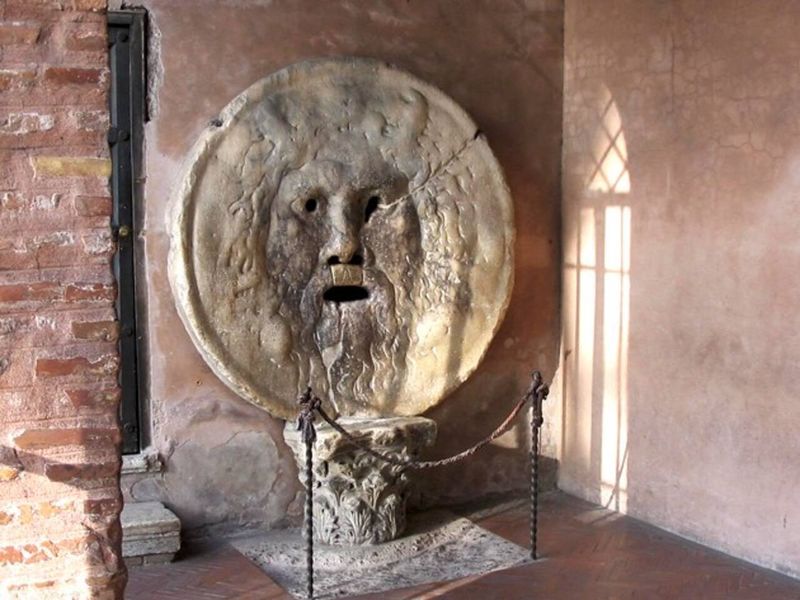
Ancient manhole cover turned movie prop famous from “Roman Holiday” with Audrey Hepburn. The Bocca della Verità attracts long lines for quick photos of hands inserted in the stone mouth.
Consider viewing it through the fence rather than queuing for 30+ minutes. The church housing it contains more interesting artifacts without the wait, making a walk-by glimpse the more time-efficient option.
15. Capitoline Museums
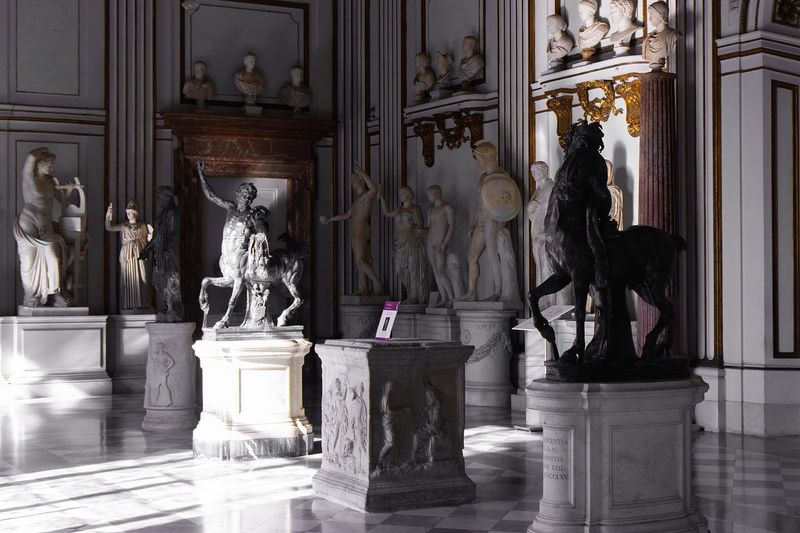
Labyrinthine layout spreads impressive ancient sculptures across confusing connected buildings. The Capitoline Museums house genuine treasures like the original Marcus Aurelius statue and bronze she-wolf.
Better options exist unless you’re a dedicated history buff with 3+ hours to spare. The National Roman Museum at Palazzo Massimo offers a more accessible collection with better organization and fewer crowds.
